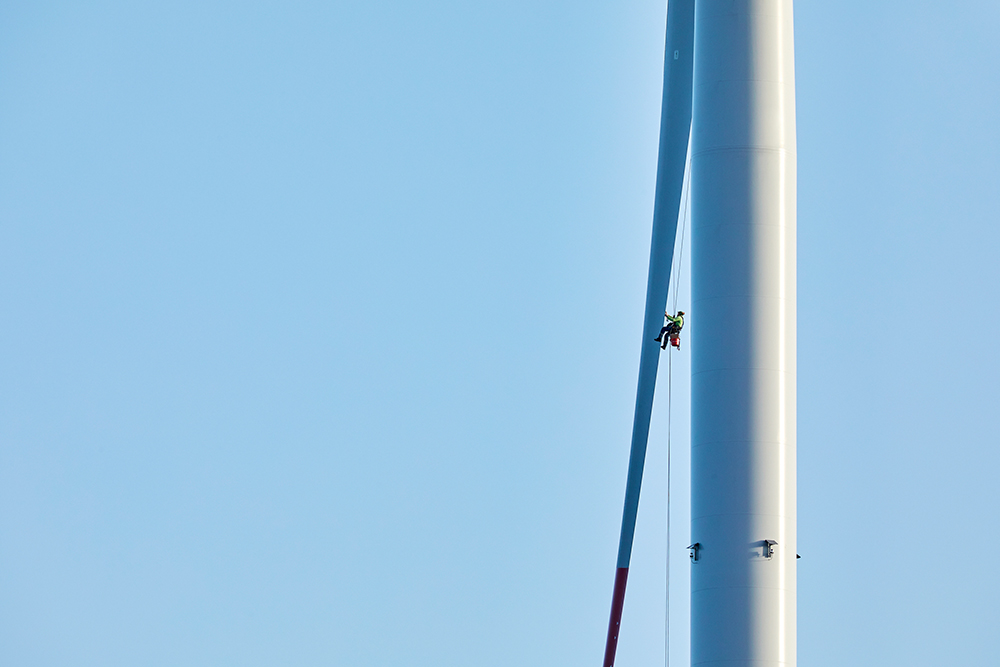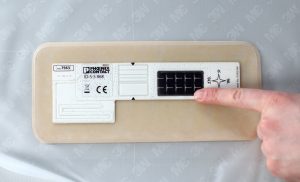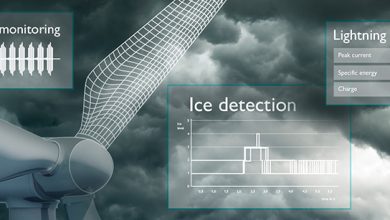With the growth of renewable energies, the limits of wind power plants are pushing further and further into regions that are not without their pitfalls in terms of climate. When it gets cold, there is a risk of ice formation. If it is severe enough, it will lead to shutdown and thus to reduced yields.

Higher and higher, further and further – which is actually very desirable in times of the Olympics, but makes wind farm builders and operators cringe. Their turbines are conquering ever new climatic regions, whether in the direction of the polar ice caps or along mountainous regions. And with ever taller towers, the mighty rotor blades are also more and more frequently roaming through low-hanging clouds.
But what is technically feasible reaches its limits when more and more ice crystals accumulate on the outer skin of the rotor blades. When they reach a certain thickness, their mass causes problems. To prevent the chunks, which can weigh up to 300 kilograms, from throwing ice and to avoid damage caused by imbalances, the turbines have to be shut down. But when is the limit for shutdown reached?
The problem is that until now there have hardly been any systems that could directly record actual ice formation. Only parameters such as outside temperature, air humidity, changed power characteristics and wind strength were measured in order to indirectly extrapolate possible ice formation. Vibrations of the rotor blades are also indirect indications of possible ice formation. Result of these rough estimation methods: For safety reasons, a wind turbine is stopped very early. This in turn leads to blatant yield losses.
The ice detection system from Phoenix Contact drastically reduces these failures thanks to an innovative sensor system that detects ice formation directly on the rotor blade by measuring resistance and is also ideally suited for retrofitting in existing systems.
How this works, the challenges of retrofitting, and why it (can) make plant operators happy is explained in the new special “Ice Detection”.
Click on the title to view the special directly. You can also download a pdf:


